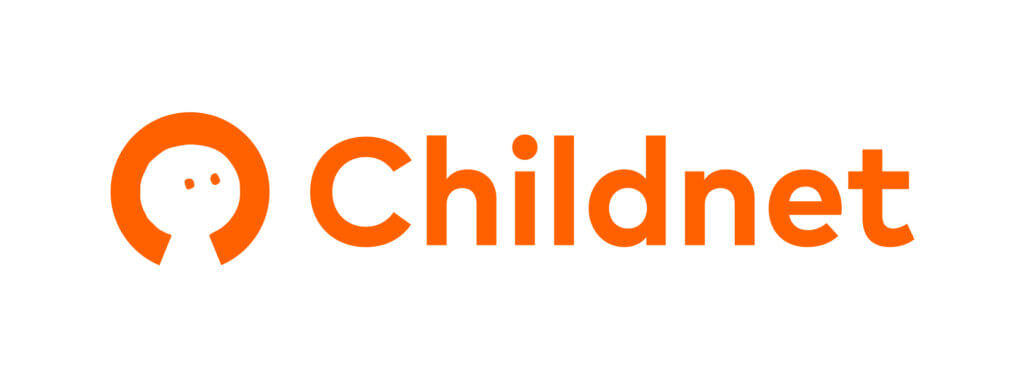
We have written this advice for professionals on how to respond to any craze or hoax they may come across.
Online challenges and crazes have become a key trend to be aware of when supporting and educating young people about how to stay safe online. Challenges come in many forms and can involve upsetting, harmful or viral content.
Over the last few years we have seen a range of online challenges. Some, such as the ASL Ice Bucket Challenge and the No Makeup Selfie, can promote and raise money for great causes. However, other challenges such as ‘pain challenges’ can harm young people and adults who take part.
It is important that whether a challenge is rumoured or real, educators have the tools they need and are ready to deal with such challenges and are able to support young people.
8 top tips for responding to viral challenges and crazes in schools
To help educators to respond to any challenges they may face in schools, we have created 8 top tips to consider before taking any further action.
- Keep calm and do your research – When online challenges are mentioned by young people or appear in the news, it’s important to make sure you remain calm and have all the information you need to support young people effectively. If you think children or parents are worrying about the risks then an emotional response can lead to them panicking more. The Professionals Online Safety Helpline is a great way to get advice and support about all online safety concerns.
- Avoid showing any upsetting or scary content – It’s important to remember that even when something does go viral online it doesn’t mean that all children have seen or heard of it. You can educate young people about the risks of online challenges without showing them any examples or giving explicit details. Instead focus on key advice and strategies young people need to navigate any online risk, e.g. to talk about to adult, and to report and block concerning content or contact.
- Avoid naming concerning or dangerous challenges – Naming a challenge to young people, parents and carers could run the risk of spreading the reach of the challenge further. It could also put the focus on to one challenge rather than risks and advice which could empower young people in all areas of their online lives. So rather than focusing on a particular meme, challenge or image, give advice that can be applied in the event of anything happening online which worries, upsets or offends a young person.
- Give children opportunities to speak to you if they are worried – It’s important to give young people a chance to talk about anything which concerns them, including online issues – providing them with a time, place and named staff member. You could display this information in key areas of the school such as the lunch hall, toilets, classrooms and foyer. Online challenges and concerning content can bring up the need to talk about other concerning issues like self-harm and suicide, so it is important that young people have access to the appropriate support needed.
- Talk to children about reporting and blocking – It’s important to give young people the strategies to deal with online content or contact which concerns them. This could be something they have witnessed or directly experienced. Social media, games and video platforms offer reporting and blocking tools which you can encourage young people to use. When making a report it is important that they give as much context as possible when reporting the concerning post, message or account directly. You can find out more about how to make a report on our website or by visiting the UK Safer Internet Centre’s social media guides.
- Talk about peer pressure – One of the key issues raised over online challenges is that of peer pressure. Young people can sometimes be drawn into these challenges because it is what all their friends are doing or seem to be doing – and saying ‘no’ can seem like a very hard thing to do. We have a lesson plan and film to help you educate young people about peer pressure within our ‘Crossing the Line’ PSHE toolkit.
- Signpost to support – It’s important to ensure young people, parents and carers all know where they can go to for support. This could be directing them to the appropriate members of staff in school as well as signposting to key helplines. You can find a list of helplines for young people and parents and carers on our website.
- Engage with parents and carers appropriately – It’s important to engage with parents and carers about online safety risks and follow up any information you give to children. Again, it’s important to follow the same advice as above and avoid sharing upsetting content or naming concerning or dangerous challenges.
Key resources for educating young people about critical thinking:
Primary:
- Digiduck’s stories – This is a collection of stories for younger children teaching them the importance of being a good online friend and being a critical thinker when online
- Primary web pages – Our new primary web pages contain lots of top tips and key advice for primary aged pupils which can be explored
- Trust Me – A critical thinking resource with a section for KS2 which has two lesson plans, one about online content and one about online contact
Secondary:
- Trust Me – A critical thinking resource with a section for KS3 which has 3 lesson plans, one about online content, one about online contact and one about propaganda
- PSHE toolkit – A collection of PSHE toolkits containing lesson plans and films, covering topics such as peer pressure, self-esteem, healthy relationships and cyberbullying
- Digital Resilience lesson plan – A lesson plan to help young people aged 11-14 manage their lives online, develop the skills needed to be resilient online and to help and support others.


